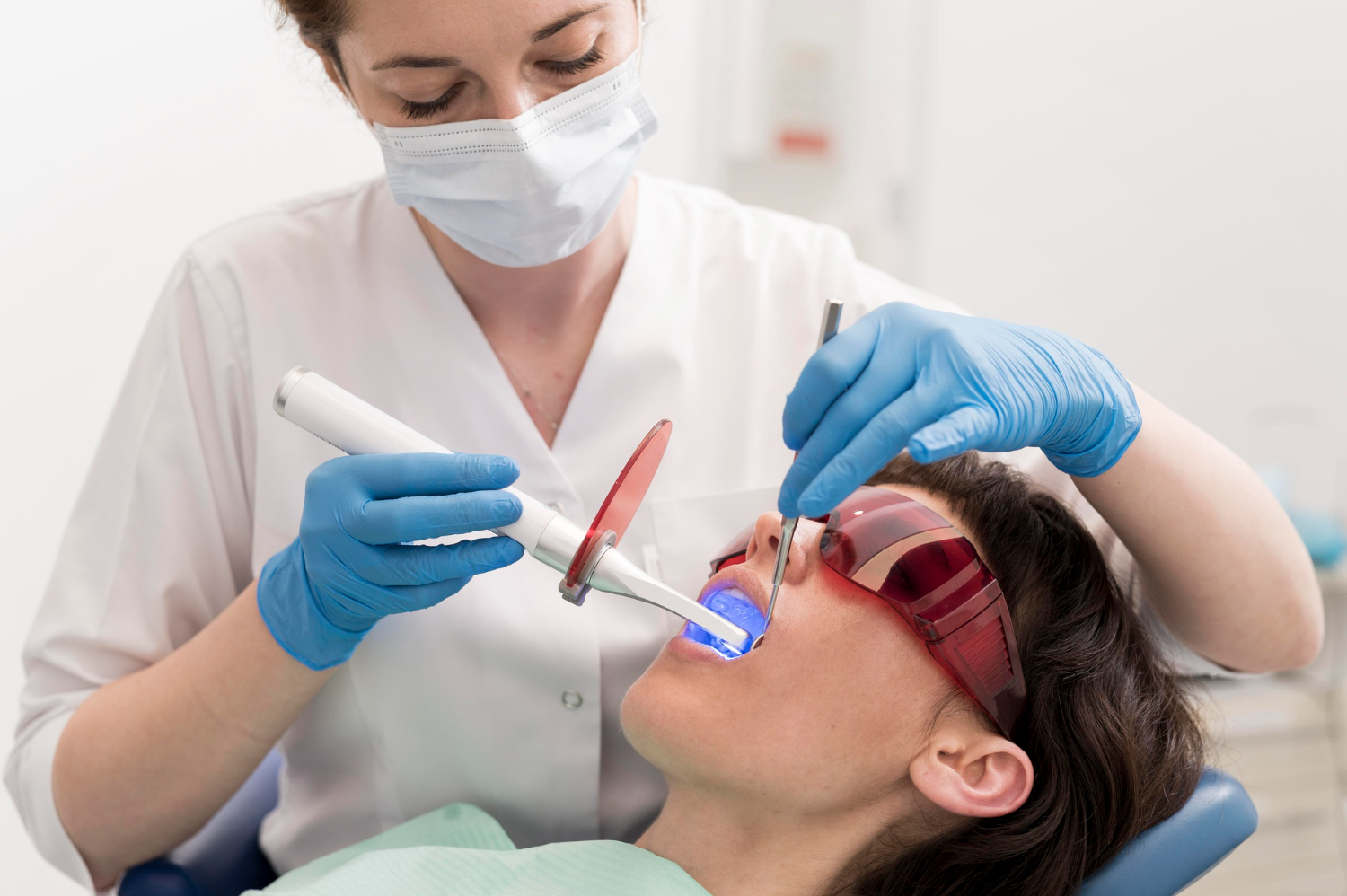For decades, the sound of a dental drill has been synonymous with anxiety and discomfort. But what if that noise along with the vibrations and occasional pain could be replaced by a nearly silent beam of light? Laser dentistry is transforming the way dental procedures are performed, offering unprecedented precision, faster healing, and a more comfortable experience for patients. No longer confined to science fiction, lasers are now a reality in modern dental clinics, reshaping treatments from cavity removal to gum surgery.
Unlike traditional methods, lasers minimize bleeding, reduce the need for anesthesia, and often eliminate the dreaded drill. The technology works by emitting concentrated light energy that can precisely target decayed tissue, bacteria, or gum abnormalities without affecting surrounding healthy areas. This means less trauma to the mouth, shorter recovery times, and a significantly more pleasant visit to the dentist.
A New Era of Painless Procedures and Faster Healing
One of the most compelling advantages of laser dentistry is its ability to make procedures virtually painless. Many patients who once dreaded dental visits now find that treatments like cavity removal or gum contouring are far more tolerable. Since lasers cauterize as they work, there’s minimal bleeding and swelling, making postoperative care much easier.
Another groundbreaking application is in cosmetic dentistry, particularly with clear braces. Traditional orthodontic treatments often involve discomfort from metal wires and brackets, but lasers can assist in precise gum reshaping to accommodate aligners, ensuring a better fit and more aesthetic results. The accuracy of lasers means less irritation and a smoother journey to a perfect smile.
Beyond aesthetics, lasers are also invaluable in treating periodontal disease. They can remove infected gum tissue with remarkable precision, promoting regeneration of healthy tissue without the need for invasive surgery. This reduces healing time and lowers the risk of complications, making it a preferred choice for both dentists and patients.
Breaking the Fear Cycle: Why Lasers Are Winning Over Skeptics
The psychological barrier to dental visits often stems from memories of discomfort, noise, and prolonged healing. Lasers dismantle these fears by offering a gentler alternative—one where procedures feel more like quick, painless adjustments rather than daunting medical interventions. Patients who once postponed treatments due to anxiety are now more willing to undergo necessary care, knowing that lasers minimize pain and recovery time. This shift isn’t just improving individual smiles; it’s fostering a cultural change where dental health is approached with confidence rather than dread.
Why Lasers Are Changing the Game for Anxious Patients
Dental anxiety is a real and widespread issue, with many people avoiding necessary treatments due to fear. Lasers are helping to change that by offering a quieter, less intimidating alternative to drills and scalpels. The absence of vibrations and loud noises creates a calmer environment, easing patient stress.
Children, in particular, benefit from laser dentistry. Procedures that once required numbing injections can now be done with minimal discomfort, making dental visits less traumatic. Even complex treatments like frenectomies (correcting tongue-tie) are quicker and gentler with lasers, allowing kids to recover almost instantly.

For adults with sensitive teeth or a low pain threshold, lasers provide a welcome relief. Whether it’s treating canker sores, performing biopsies, or whitening teeth, the precision of laser technology ensures that discomfort is kept to an absolute minimum.
The Invisible Hand of Light: How Lasers Work Without a Trace
Lasers operate with such finesse that they leave almost no visible marks, making them ideal for delicate procedures like gum sculpting or treating sensitive areas near nerves. Unlike traditional tools, lasers can distinguish between healthy and diseased tissue, ensuring only the problematic areas are addressed. This precision reduces collateral damage, preserves more natural tooth structure, and often eliminates the need for stitches. Patients are left with smoother recoveries and results so seamless that it’s as if the treatment never happened—except for the improved oral health, of course.
The Future of Dentistry: Beyond the Drill
As laser technology continues to evolve, its applications in dentistry are expanding. Researchers are exploring ways to use lasers for detecting cavities at their earliest stages, long before they become visible on X-rays. This could revolutionize preventive care, allowing dentists to address decay before it requires drilling.
Another exciting development is the potential for laser-assisted regenerative treatments. Scientists are studying how specific wavelengths can stimulate stem cells to regenerate damaged tooth structures, possibly reducing the need for fillings or crowns in the future.
Moreover, the integration of AI with laser systems could further enhance precision, allowing for fully automated cavity removal or gum surgeries with robotic accuracy. While this may sound futuristic, the rapid advancements in dental technology suggest that such innovations are closer than we think.
Conclusion: A Brighter, Pain-Free Smile Ahead
Laser dentistry is no longer a novelty it’s a necessity for modern dental practices aiming to provide the highest level of care. With benefits ranging from pain reduction to faster healing, it’s clear why both patients and dentists are embracing this technology. Whether it’s enhancing the experience of wearing clear braces or performing complex oral surgeries, lasers are setting a new standard in dental treatment.
As the field continues to advance, the days of fearing the dentist’s chair may soon be behind us. The future of dentistry is precise, comfortable, and patient-friendly—all thanks to the power of light. For anyone considering dental work, seeking out a laser-equipped clinic could mean the difference between a stressful procedure and a seamless, pain-free experience. The revolution is here, and it’s shining brighter than ever.
